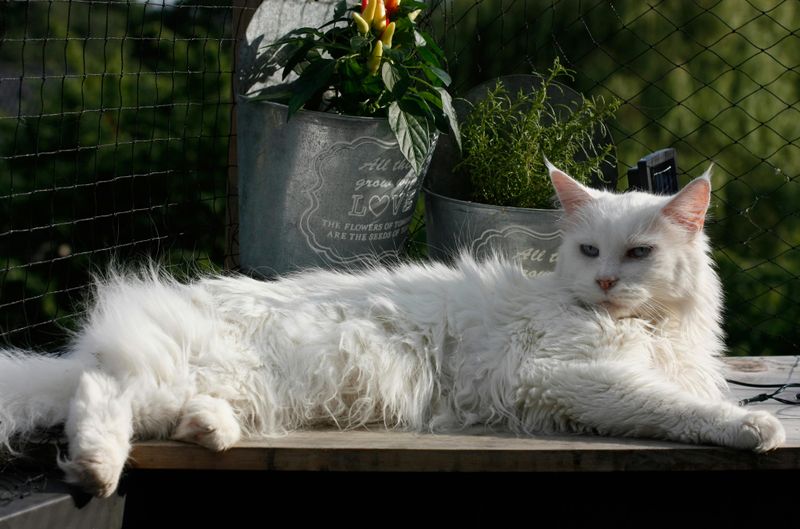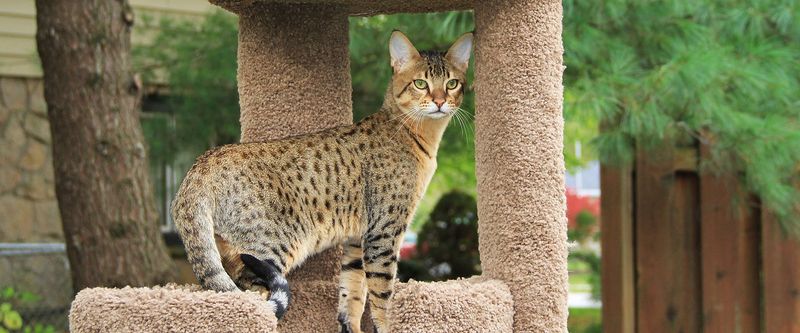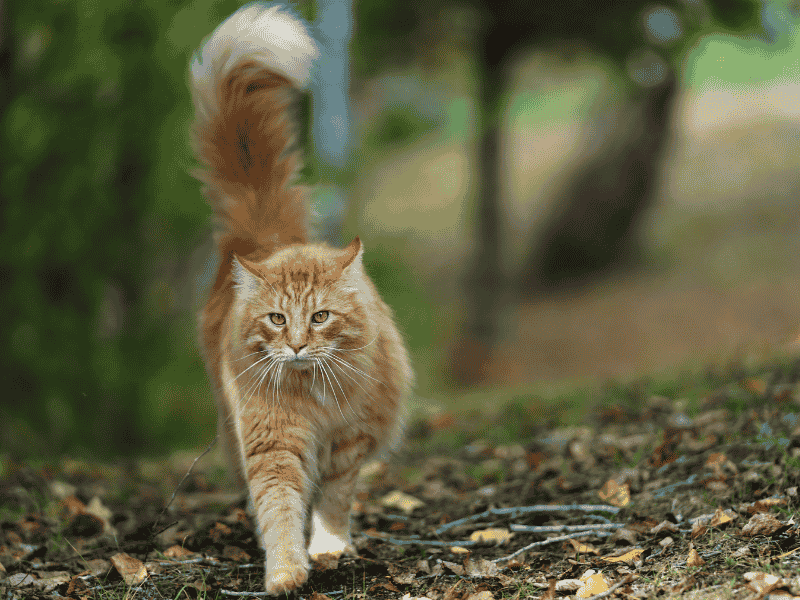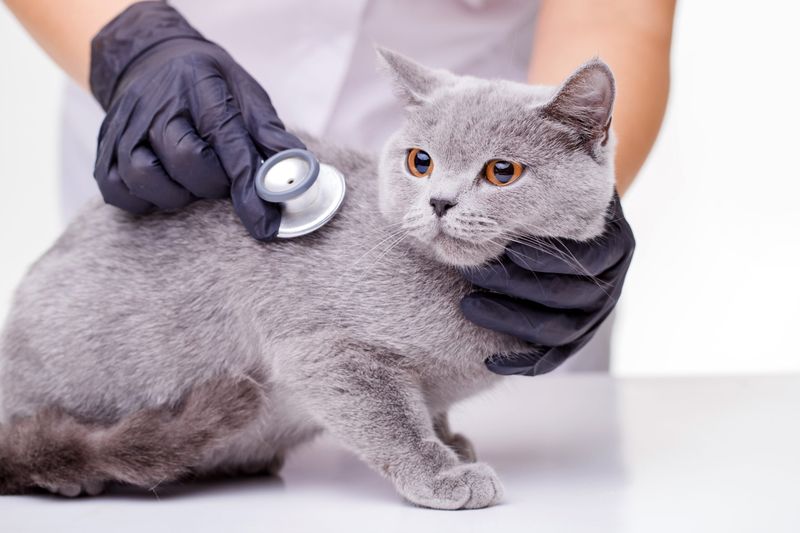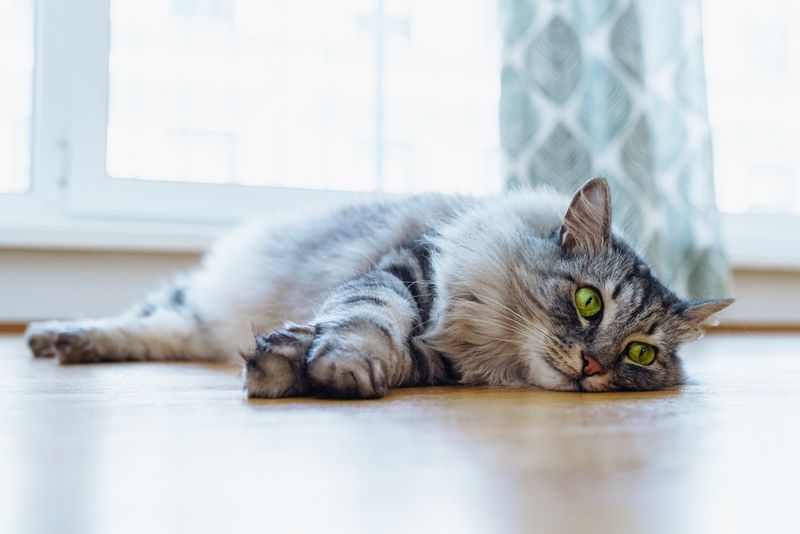📖 Table of Content:
Across the United States, cat lovers are embracing the charm and grandeur of large domestic cat breeds. These majestic felines are more than just eye-catching — they often boast affectionate personalities, playful spirits, and quirky traits that make them stand out in a household. From the regal fluff of the Maine Coon to the sleek agility of the Savannah cat, big cats are having a moment in American homes.
But with all that beauty and personality comes a bit of baggage. Larger cats can be more prone to certain health issues due to their size, genetics, and even their laid-back lifestyles. For owners and prospective adopters, knowing both the joys and the responsibilities that come with these gentle giants is essential.
In this article, we’ll explore four of America’s favorite large cat breeds — and the common health challenges they may face. Whether you’re considering adding one of these feline companions to your family or just want to know more about your own big fluffball, you’ll find insights that are both useful and heartwarming.
1. Ragdoll
Unlike any other breed, the Ragdoll is named for its peculiar tendency to go completely limp when picked up — a trait that gives it an almost plush-toy quality. These cats were developed in the 1960s and have since become one of the most popular breeds in America, especially among families and older individuals seeking calm companionship. Their stunning blue eyes and silky coats are just the beginning of their charm; Ragdolls are known for their mellow, people-focused behavior. They prefer to be where their humans are, often sleeping beside them or following them around the house. Many Ragdolls are content to be lap cats, enjoying cuddles and quiet company without much fuss. Because they’re so relaxed and trusting, they’re best suited to indoor environments where they won’t encounter dangers from other animals or traffic. Ragdolls do best when given gentle handling and plenty of affection — they return love tenfold.
2. Maine Coon
Towering over most domestic cats, the Maine Coon is a beloved breed often referred to as the “gentle giant.” These cats are native to North America and known for their luscious, water-resistant coats and strong, bushy tails. What truly sets them apart, though, is their mellow temperament; Maine Coons are affectionate without being needy and tend to get along well with children, other pets, and even dogs. Their playfulness continues well into adulthood, making them a delight for families who enjoy interactive pets. Despite their size, they are not aggressive or dominant, preferring to follow their humans from room to room like a loyal shadow. Owners often describe them as having dog-like loyalty, and many Maine Coons will even play fetch. Due to their massive build and relatively slow maturity (they can take up to five years to fully grow), they require ample nutrition and space to thrive.
3. Savannah Cat
With their tall, lean bodies and wild markings, Savannah cats turn heads wherever they go. They are hybrids, descended from African servals and domestic cats, and their exotic appearance is matched by an energetic, intelligent temperament. Unlike most domestic cats, Savannahs enjoy activities like leash walking, jumping to high perches, and solving puzzles — they thrive on mental stimulation. Their loyalty often resembles that of dogs, as they may greet their owners at the door and follow them throughout the house. These cats require more time, attention, and enrichment than typical felines, making them a better fit for experienced cat owners. Though their beauty is undeniable, owning a Savannah cat is a serious commitment due to their unique needs and hybrid ancestry. They are truly captivating animals, but prospective owners should research thoroughly before bringing one home.
4. Norwegian Forest Cat
Emerging from the cold forests of Scandinavia, the Norwegian Forest Cat boasts a thick, water-resistant double coat that helped it survive icy winters. These cats are natural climbers, with strong claws and muscular bodies that make them excellent at navigating high places. Despite their rugged background, they are gentle and reserved, often bonding deeply with their chosen humans while remaining independent in nature. Many owners report that these cats enjoy quiet affection but also value their personal space, making them great companions for those who prefer a more low-key pet. Their large, almond-shaped eyes and long manes give them a fairy-tale look — fitting, as they’re even featured in Norse mythology. Because of their dense fur, they require regular grooming to avoid matting, especially during seasonal shedding periods. Intelligent and adaptable, the Norwegian Forest Cat is as elegant as it is sturdy.
1. Hypertrophic Cardiomyopathy (HCM)
As the most common heart disease in cats, Hypertrophic Cardiomyopathy (HCM) poses a serious health risk, particularly for large breeds like Maine Coons and Ragdolls. This condition involves the thickening of the heart’s muscular walls, which can reduce the heart’s efficiency and lead to complications such as blood clots or heart failure. Often, early symptoms are subtle or nonexistent, making regular veterinary screenings essential. Some affected cats may show signs like labored breathing, lethargy, or sudden collapse, but others may seem completely healthy until a major event occurs. HCM is believed to have a genetic component, so reputable breeders often test for it in their breeding cats. There is no cure, but medications and lifestyle changes can help manage the disease and prolong a cat’s quality of life. Knowing your cat’s risk factors can make all the difference when it comes to early detection and treatment.
2. Hip Dysplasia
Though more commonly associated with dogs, hip dysplasia can also affect large domestic cats, especially those with long, heavy frames like Maine Coons and Norwegian Forest Cats. This condition involves the abnormal development of the hip joint, leading to joint looseness and, over time, arthritis or pain during movement. You might notice your cat is less willing to jump, moves stiffly, or becomes irritable when touched near the hindquarters. Diagnosis typically involves a veterinary examination and X-rays, and treatment can range from weight management to surgical correction in severe cases. Cats are experts at hiding pain, which makes routine wellness checks all the more important. Providing orthopedic bedding, ramps, and easy-access litter boxes can help improve comfort for affected cats. Preventative care and maintaining a healthy weight are your best tools for minimizing the risk of this painful conditio
3. Obesity
Obesity is one of the most common and preventable health issues affecting large cat breeds, especially those with mellow personalities like the Ragdoll. Carrying excess weight puts strain on a cat’s joints, increases the risk of diabetes, and reduces overall life expectancy. Many owners unintentionally overfeed their pets or fail to provide enough physical activity, especially with indoor cats. Because large breeds are already bigger than average, it can be easy to miss the signs of creeping weight gain. A well-balanced diet, portion control, and regular playtime are key to keeping your cat healthy. It’s also important to consult your vet about appropriate calorie intake based on age, weight, and activity level. With the right lifestyle, your cat can stay both big and healthy — without tipping the scale in the wrong direction.
4. Polycystic Kidney Disease (PKD)
Polycystic Kidney Disease (PKD) is an inherited condition that causes fluid-filled cysts to develop in the kidneys, often leading to kidney failure later in life. Although it’s most common in Persian breeds, Ragdolls and other long-haired cats may also carry this genetic mutation. Early stages of the disease often go unnoticed, but as the cysts grow, they can impair kidney function and lead to symptoms like increased thirst, frequent urination, weight loss, and lethargy. Genetic testing is available and highly recommended if you’re adopting from a breeder, especially for at-risk breeds. While there is no cure for PKD, early detection and supportive care — including dietary changes and fluid therapy — can help prolong a cat’s life and comfort. Kidney disease is progressive, but with attentive care, many cats can live for years after diagnosis. Responsible breeding practices and awareness are essential in reducing the prevalence of PKD in the feline population.


